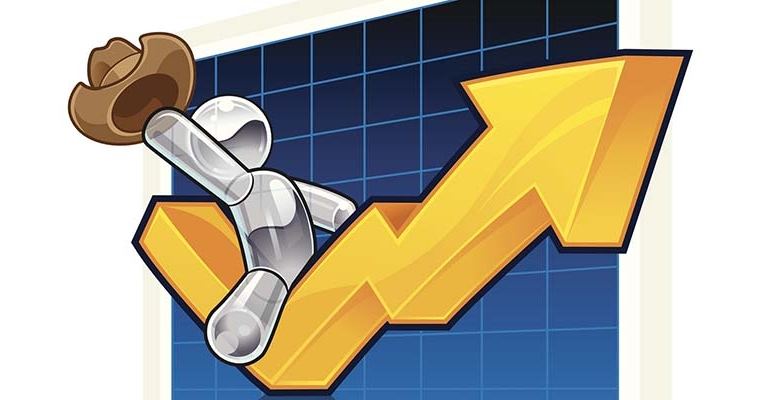The calf gets all of its mitochondrial DNA from the cow. While I do believe in keeping heifers from older cows that have proven their worth, I believe there is some risk in keeping a heifer from a cow that is so old she has begun to decline in both production and condition. I believe I saw a study once that discussed some changes to the mitochondrial DNA that can occur with age. I am not positive on that, but I do know from experience that the heifers I retained from those good old cows when they were still in their prime, have turned out superior to those retained from later pregnancies. My own policy is to now cull at 12 or 13, or earlier if I notice any signs of old age, such as loss of condition. I am culling a 13 year old cow this year who has weaned 12 calves with a 112% weaning ratio. She was the second cow to calve this year, and is pregnant with a February 2024 calf, but she is too thin this fall and her 2023 calf weaned at only 103% of the herd when adjusted for age. (calf was 622 pounds at 197 days old) Her feet have really deteriorated in the last year and her teeth are no doubt failing. In spite of her past production, it was an easy decision to cull. Especially since I have several good daughters kept from when she was younger.

